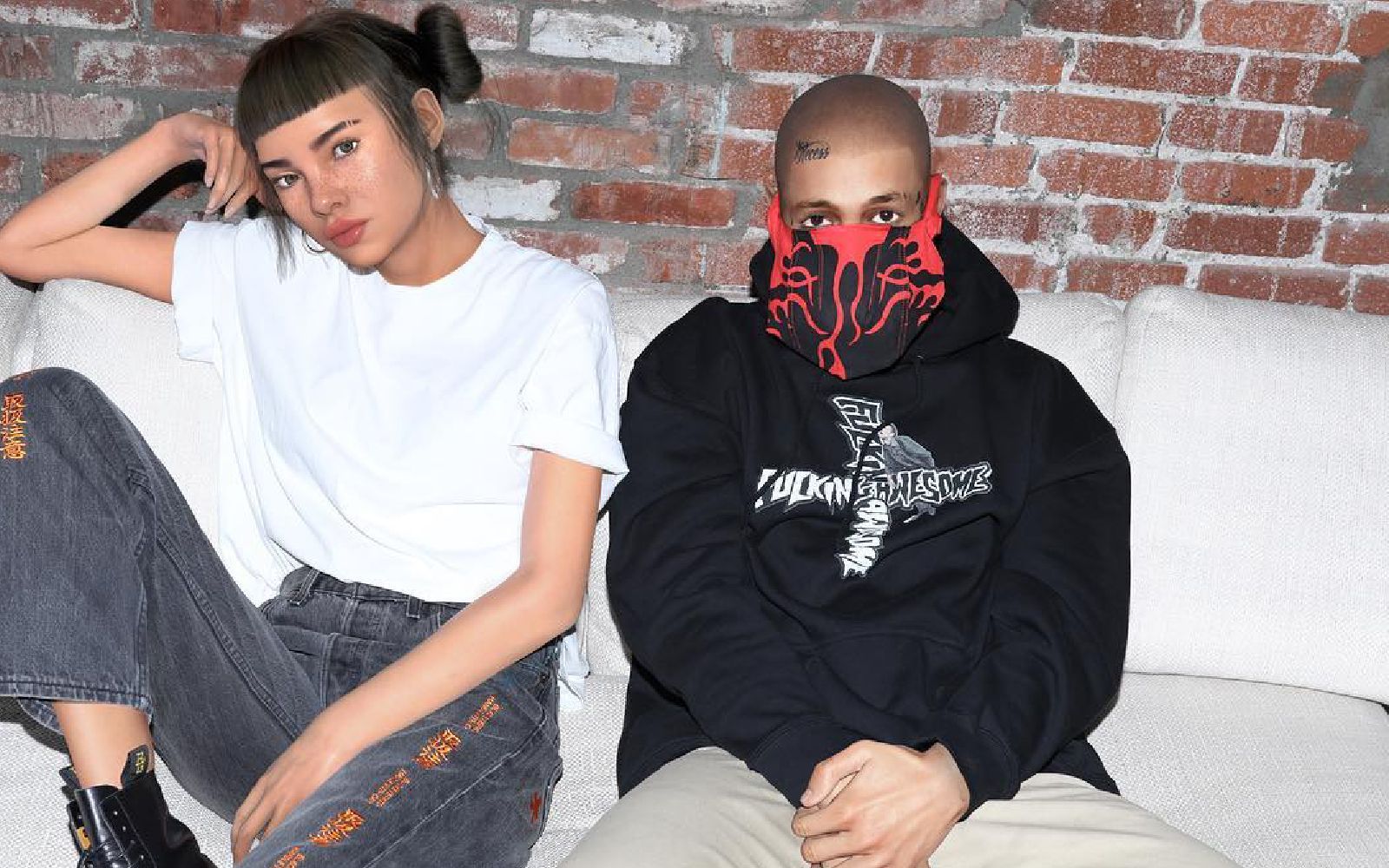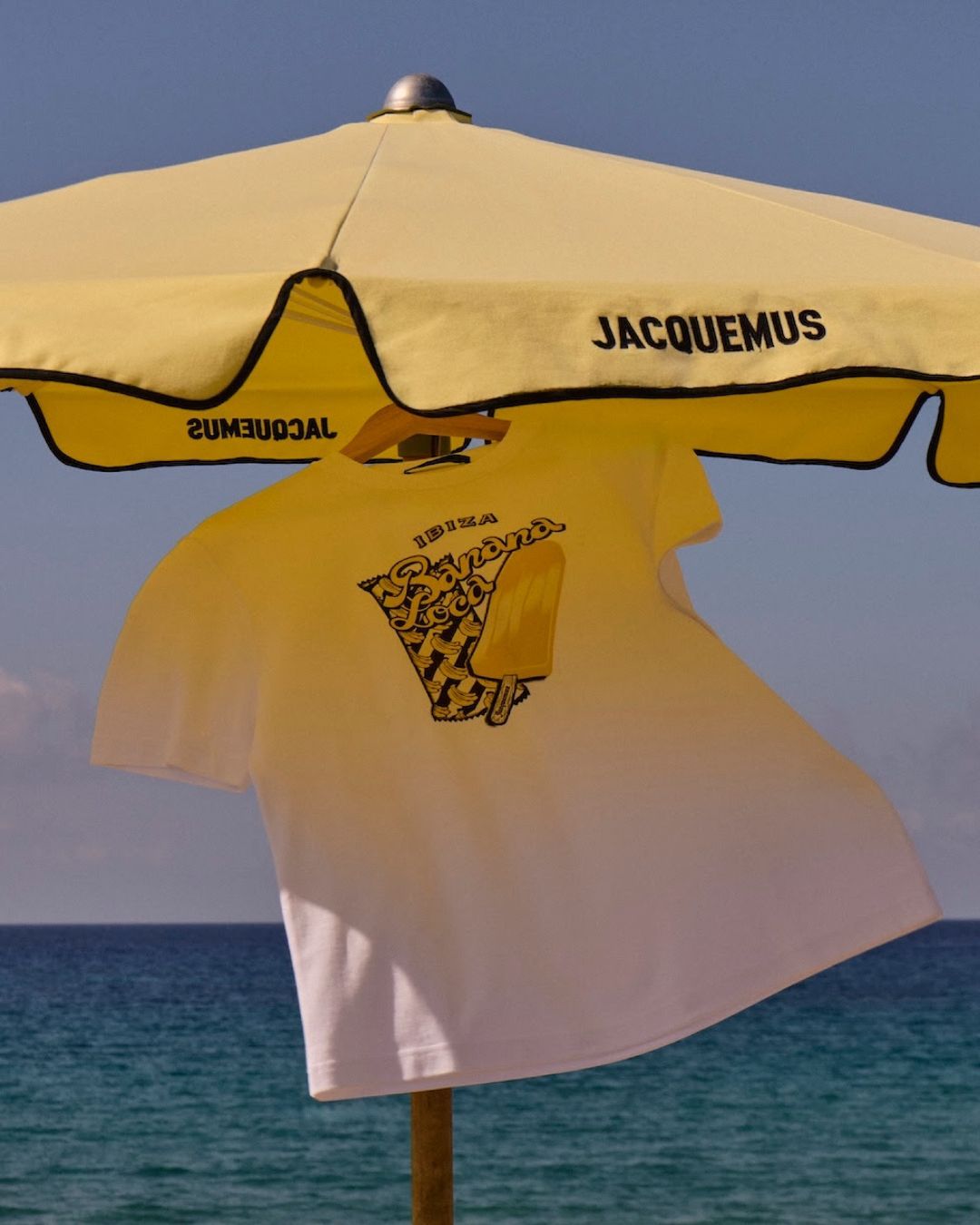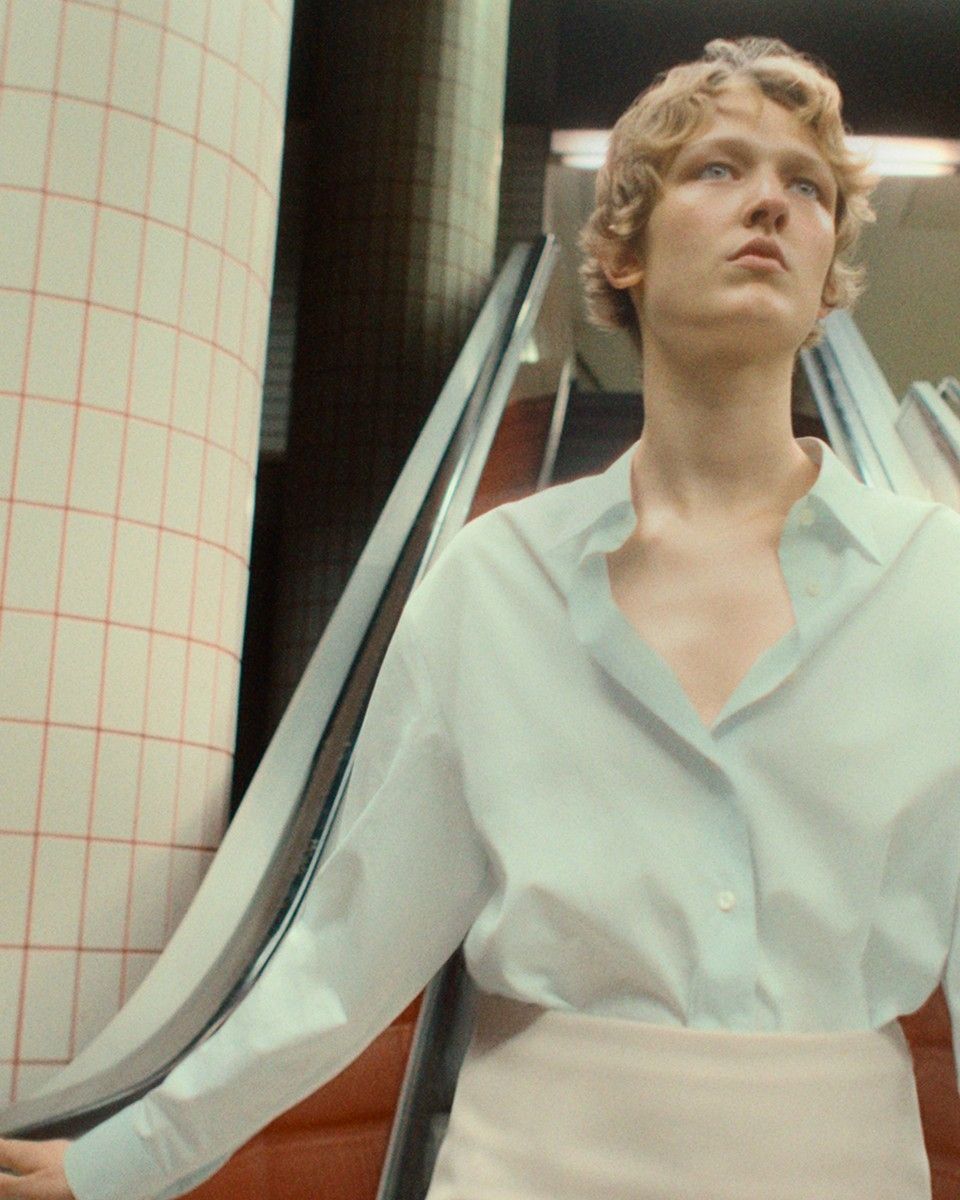
Are virtual influencers the new face of brand collaborations? How the use of virtual influencers is overtaking digital influencers in the fashion industry
As rapid digitalisation continues to make its way through the fashion industry, we are now seeing its impact on the business strategies fashion brands are utilising today. Social media has a centered role in this as it has become something of a lifeblood for brands when it comes to digital marketing and community engagement. From advertising to product promotion, social media is the place to do it, and a crucial part to a well functional social media strategy is influencer marketing. This industry trend has proven its effectiveness time and again, provided you choose the right influencer partner. However, choosing the right partner might not be as easy as previously thought, as we are now seeing a big change as the industry is turning its back on the previously ever so popular digital influencers and shifting its attention to the next era of influencers: virtual influencers.
@imma.tokyo No i am not a robot i am a… #cgi original sound - bestspedup
After years-long partnership with digital influencers such as Dixie D'amelio and Addison Rae, the fashion industry has recently developed a wandering eye for new talent. Virtual influencers have been around for a solid decade, but it was only recently when they started to get utilised more regularly by fashion brands. Today virtual influencers are making waves in the fashion industry as they are edging out the digital influencers who are now being replaced about as quickly as 40-year-old supporting characters on a Josh Schwartz production. More and more brands are starting to prefer virtual influencers due to one clear competitive advantage: the absence of a real person. This is because unlike digital influencers who are real people conducting their influencer persona through online channels, virtual influencers are digital characters who exist entirely on a digital platform. This means that these virtual influencers share the realistic appearance and popular traits of digital influencers while offering benefits that are only achievable from a digital entity and impossible for humans to replicate. One surprising advantage is the absence of certain traits. Virtual influencers do not have a physical body, a soul and most importantly, no opinions. This is what makes them attractive to brands. The absence of an opinion or a personal preference from an influencer partner allows brands to maintain creative control over the project and dictate the process from concept to execution.
With no physical or geographical limitations, virtual influencers have managed to attract a massive following on social media and seamlessly grow their online presence. According to the Influencer Marketing Factory survey that was done in March 2022, 58% of 1,000+ respondents stated that they followed at least 1 virtual influencer on social media. The popularity only grows with a younger audience. In fact, according to a Statista study, 75% of Gen Z reported following a virtual influencer. With the ongoing digital development that is continuously creating more opportunities for virtual influencers, we can predict growing demand in the future. This, along with the already existing popularity of virtual influencers indicates that it’s only a matter of time until these statistics turn into more viable brand collaborations, and the reign of virtual influencers grows beyond what we have witnessed with traditional influencers.















































